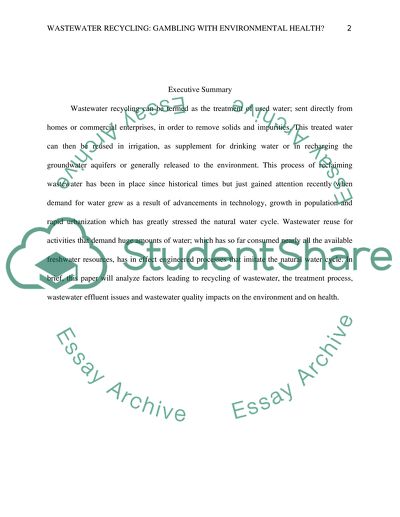Cite this document
(The Community and the Concept of Water Reclamation Essay Example | Topics and Well Written Essays - 2250 words, n.d.)
The Community and the Concept of Water Reclamation Essay Example | Topics and Well Written Essays - 2250 words. https://studentshare.org/environmental-studies/1434417-the-community-and-the-concept-of-water-reclamation
The Community and the Concept of Water Reclamation Essay Example | Topics and Well Written Essays - 2250 words. https://studentshare.org/environmental-studies/1434417-the-community-and-the-concept-of-water-reclamation
(The Community and the Concept of Water Reclamation Essay Example | Topics and Well Written Essays - 2250 Words)
The Community and the Concept of Water Reclamation Essay Example | Topics and Well Written Essays - 2250 Words. https://studentshare.org/environmental-studies/1434417-the-community-and-the-concept-of-water-reclamation.
The Community and the Concept of Water Reclamation Essay Example | Topics and Well Written Essays - 2250 Words. https://studentshare.org/environmental-studies/1434417-the-community-and-the-concept-of-water-reclamation.
“The Community and the Concept of Water Reclamation Essay Example | Topics and Well Written Essays - 2250 Words”. https://studentshare.org/environmental-studies/1434417-the-community-and-the-concept-of-water-reclamation.


